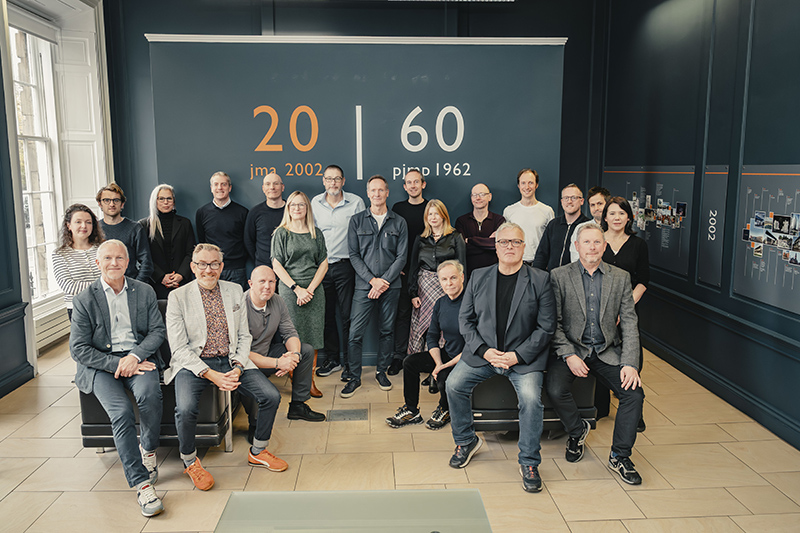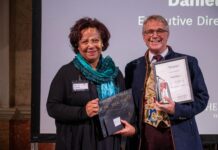
ARCHITECTURAL practice jmarchitects has transitioned to employee ownership.
The business is now owned by the 100 employees at its studios in Edinburgh, Glasgow, Manchester, and London through an Employee Ownership Trust (EOT).
The new ownership team believes the move will drive its continued evolution, with a strong pipeline of projects across Scotland and throughout Britain. The practice has a portfolio of previous projects including the Market Street Hotel and James Gillespie’s High School.
MD Brian Thomson said, “We are very pleased to announce the next phase in the 60-year evolution of our practice, established originally as a partnership, then becoming a limited company and now an EOT. We see this model as an ideal opportunity to develop our leadership team and reward all our extraordinary staff while continuing to deliver excellence in architectural services for our clients and produce the very best spaces and places which inspire and delight.”
jmarchitects was advised on its transition by corporate lawyers from Lindsays, Ownership Associates, and Alan Watt of Reference Point Advisory.
Scottish marketing industry specialist Ian McAteer, who recently transferred The Union, the advertising agency he led for 30 years, to an EOT will chair jmarchitects’ new trust board.
He said, “After transferring The Union to employee ownership, I am understandably passionate about the EOT concept. jmarchitects is a fantastic firm with a great reputation, stretching back over 60 years. Therefore, the opportunity to be involved, with another like-minded creative business, is naturally very exciting for me. I am looking forward to working with my fellow trustees to help drive the continued success of this significant UK firm of architects.”
jmarchitects is listed at number 42 in the Architects’ Journal index of the UK’s largest architectural practices. It has won Urban Realm’s Top Architectural Practice in Scotland twice in the past 10 years.
Brian Thomson added, “We are in the fortunate position that we will be coming to the end of another very successful year and have a healthy pipeline of new projects already secured for next year. This includes education projects in Moray, Aberdeeen, Aberdeenshire, Perthshire, Edinburgh, Midlothian, the Scottish Borders, Renfrewshire, North Ayrshire, Manchester and London. We continue to see growth in the residential sector, including all tenures along with purpose-built student accommodation, build-to-rent and hotels.
“In the commercial sector, workplace refurbishment projects are now a significant part of our turnover, integrating both our architectural and interior design skills. As ever, our clients demand creative, innovative and cost-effective solutions that provide value for money alongside a significant uplift in the sustainable credentials of their assets.”
Architecture is among the most prolific sectors in embracing employee ownership, with about a quarter of the top 100 practices in the UK now owned by an EOT. Employee ownership experts say the model is playing an increasingly important part in managing succession across professional services businesses and addressing issues around access to capital which would otherwise be required to buy into the company.
Lawyer Nicholas Howie, a partner in the corporate law team at Lindsays, added, “There are very real advantages for a practice like this, where the talent and commitment of its people is key to its success and future, becoming an EOT. We know through other firms that we have supported that an EOT attracts high-calibre people while also retaining talent within the business and retaining the firm’s independence.
“Employee ownership offers considerable opportunities for professional services businesses of all kinds to make their businesses stronger and more sustainable in a financially-efficient and attractive way.”
The transition to an EOT comes with tax reliefs, including a capital gains tax exemption for shareholders who sell their shares to an EOT and the ability to reward employees annually with qualifying bonuses of up to £3,600 per year per employee, which can be paid free of income tax.









